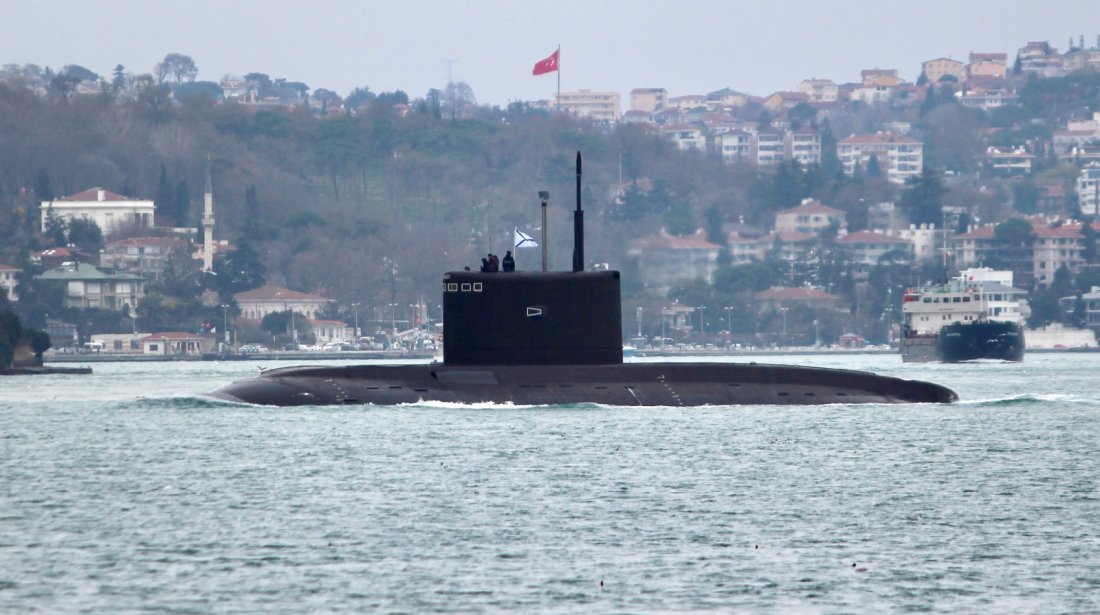The U.S. Navy Has Nothing Like Russia's 200 Knot Torpedo

One of the most innovative underwater weapons developed by the Soviet Union was the VA-111 Shkval (“Squall”) supercavitating torpedo. Highly classified, Shkval was virtually unknown before the end of the Cold War and only became common knowledge in the mid-1990s. Powered by a rocket engine, it was capable of astonishing speeds of up to 200 knots an hour. But in a world where physics ensured most ships and underwater weapons topped out at 50 knots, how did Russian engineers accomplish such a breakthrough in speed?
Traditionally, torpedoes use propellers or pumpjets for propulsion. Shkval, on the other hand, uses a rocket engine. That alone is enough to make it fast, but traveling through water creates major drag problems. The solution: get the water out of the path of the torpedo. But how, exactly does one get water of the path of an object in the middle of an ocean?
The solution: vaporize liquid water into a gas.
Shkval solves this problem by diverting hot rocket exhaust out of its nose, which turns the water in front of it into steam. As the torpedo moves forward, it continues vaporizing the water in front of it, creating a thin bubble of gas. Traveling through gas the torpedo encounters much less drag, allowing it to move at speeds of up 200 knots. This process is known as supercavitation.
No comments:
Post a Comment